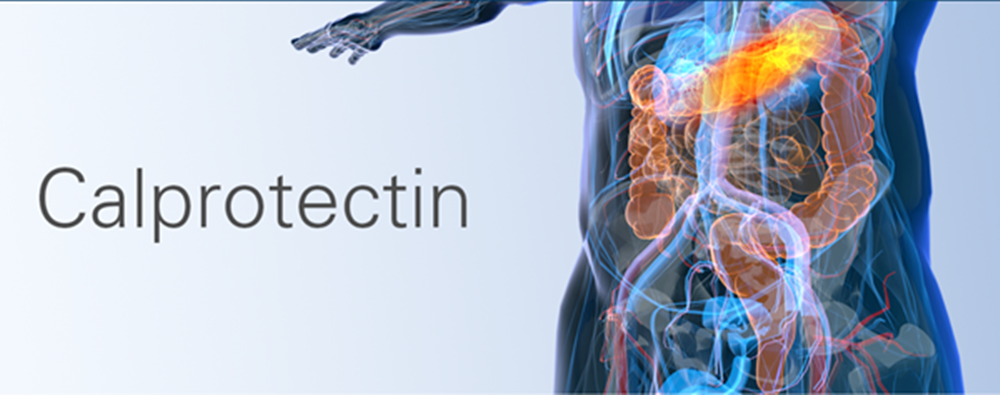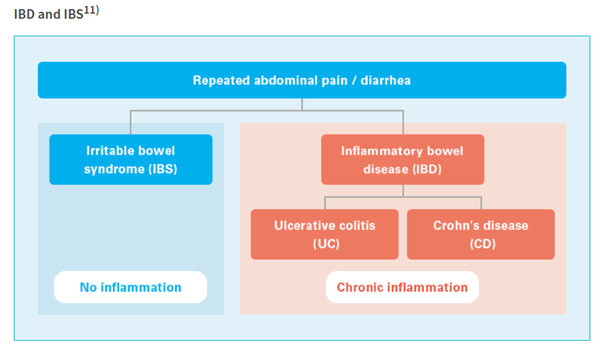Fecal Calprotectin: An Important Tool for the Differential Diagnosis of Lower Gastrointestinal Diseases
In clinical practice, the diagnosis of lower gastrointestinal diseases often presents challenges, as many diseases (such as inflammatory bowel disease, irritable bowel syndrome, and infectious enteritis) have overlapping symptoms, making accurate differentiation difficult based solely on clinical manifestations and routine examinations. Fecal calprotectin (FC), a non-invasive, high-potency biomarker, has demonstrated significant value in the differential diagnosis of lower gastrointestinal diseases in recent years, becoming an effective tool to assist clinical decision-making.
What is Fecal Calprotectin?
Calprotectin is a protein found in the cytoplasm of neutrophils. When intestinal inflammation occurs, neutrophils migrate to the intestinal mucosa and release calprotectin, leading to a notable increase in its concentration in feces. Due to its high stability and ease of detection, FC effectively reflects the level of intestinal inflammation, helping to distinguish between inflammatory bowel diseases (e.g., IBD) and non-inflammatory conditions (e.g., IBS).
Applications in Differential Diagnosis
- Distinguishing between inflammatory bowel disease (IBD) and irritable bowel syndrome (IBS)
IBD (including Crohn’s disease and ulcerative colitis) is a chronic intestinal inflammatory disease, while IBS is a functional disorder without organic lesions. FC levels are often significantly elevated in IBD patients (often exceeding 100 μg/g), while those in IBS are generally within the normal range (less than 50 μg/g). Therefore, FC testing can serve as a first-line screening tool, reducing unnecessary endoscopic procedures, lowering healthcare costs, and improving diagnostic efficiency. - Assessment of IBD disease activity
FC levels correlate positively with disease activity in IBD. Continuous monitoring of FC helps evaluate treatment efficacy and predict relapse. For example, a decrease in FC during treatment suggests controlled inflammation, while a renewed increase may indicate disease recurrence, guiding adjustments in treatment strategies.
3.Differentiation of infectious enteritis from other inflammatory diseases
Infectious enteritis (such as bacterial or viral enteritis) can also cause elevated FC, but levels are typically lower than those in IBD and decrease rapidly as the infection resolves. Dynamic monitoring of FC helps distinguish transient infections from chronic inflammatory diseases.
4.Auxiliary Screening for Colorectal Cancer
Although FC is not a specific marker for colorectal cancer, intestinal tumors often involve localized inflammatory reactions, leading to mild to moderate elevations in FC. When combined with other examinations (e.g., colonoscopy), FC can provide additional diagnostic insights.
Advantages and Limitations
Fecal Calprotectin testing offers advantages such as non-invasiveness, ease of use, and low cost, making it suitable for both initial screening and long-term monitoring. However, elevated Fecal Cal is not specific to IBD and can also be seen in other conditions (such as intestinal infections, tumors, and nonsteroidal anti-inflammatory drug-associated enteropathy). Therefore, a comprehensive assessment based on clinical manifestations, endoscopic examinations, and imaging studies is necessary.
Conclusion
Fecal calprotectin testing provides an important basis for the differential diagnosis of lower gastrointestinal diseases, particularly helping to distinguish IBD from IBS and optimize diagnosis and treatment. With advancements in testing technology and deeper clinical applications, fecal calprotectin will play a greater role in gastrointestinal disease management, providing patients with more accurate and efficient diagnosis and treatment.
By scientifically utilizing fecal calprotectin as a tool, we can better serve clinical diagnosis and assist in the management and treatment of lower gastrointestinal diseases.
Baysen Medical is always focus on diagnostic technique to improve the quality of life . We have developed 5 technology platforms- Latex , colloidal gold , Fluorescence Immunochromatographic Assay , Molecular,Chemiluminescence Immunoassay.We have Calprotectin rapid test and Immunoassay Calprotectin test for screening early-stage kidney injury.
Post time: Sep-02-2025








